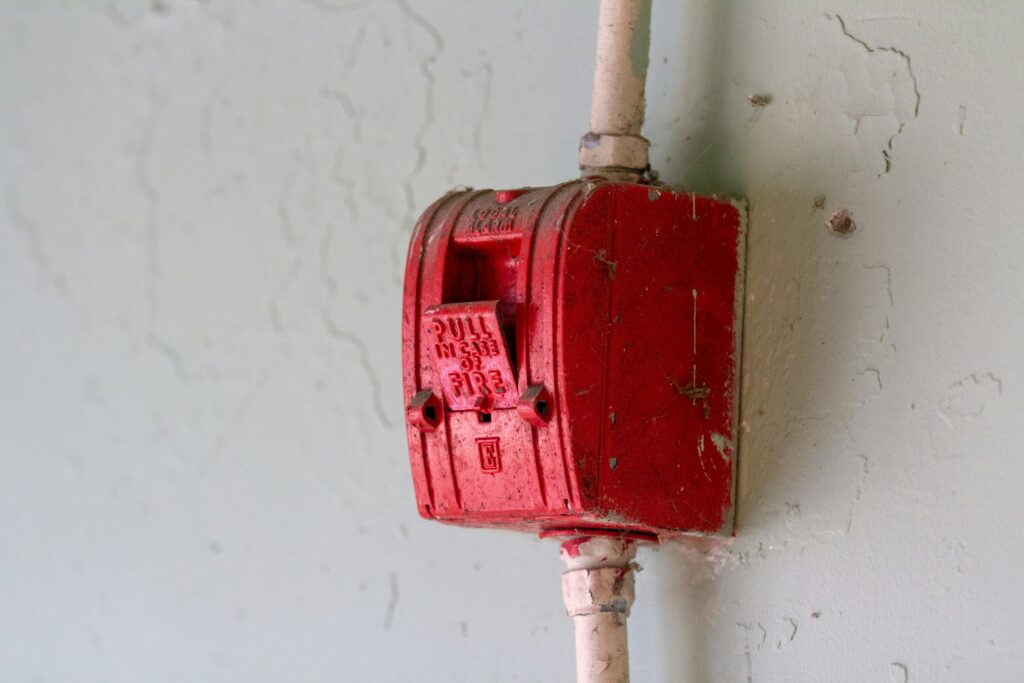Implementing Fire Alarm Systems Across Diverse Settings
The implementation of effective fire alarm systems is crucial for safeguarding lives and property in various settings. From residential homes to large commercial complexes, the success stories of fire alarm system implementations underscore their importance in preventing and minimizing the impact of fires. In this article, we will explore instances of successful fire alarm system implementation in diverse settings, shedding light on the different challenges faced and the positive outcomes achieved.

Protecting Homes with Smart Fire Alarm Systems
In residential settings, the adoption of smart fire alarm systems has been transformative. One notable case study involves the Johnson family, whose smart home fire alarm system played a pivotal role in averting a potential disaster. The system not only detected smoke but also automatically alerted the local fire department and simultaneously informed the homeowners through a mobile app. This swift response prevented extensive damage and showcased the real-time monitoring capabilities of modern fire alarm technology.
Ensuring Safety in Educational Institutions
Implementing fire alarm systems in educational institutions poses unique challenges due to the complex infrastructure and high occupant density. However, the successful integration of a campus-wide fire alarm system at XYZ University demonstrates how comprehensive planning and strategic placement of detectors can enhance safety. The centralized monitoring and immediate notification capabilities ensured a rapid response during a fire incident, leading to a successful evacuation with no casualties.
Industrial Complexes: Enhancing Worker Safety and Asset Protection
In industrial settings, the stakes are high, with the potential for both human and financial losses. ABC Manufacturing’s success story showcases how a tailored fire alarm system significantly reduced the risk of fire-related incidents. By integrating heat and smoke detectors with automated suppression systems, the company created a robust safety net. Quick detection and suppression not only protected the workforce but also prevented extensive damage to valuable machinery and materials.
Retail Spaces: Balancing Safety and Customer Experience
Implementing fire alarm systems in retail environments requires a delicate balance between safety and minimizing disruption to the shopping experience. The case of DEF Mall exemplifies successful integration. Strategically placed alarms and clear evacuation routes ensured the safety of shoppers and employees during a fire scare. The incident demonstrated that a well-designed fire alarm system, when seamlessly integrated into the retail environment, can mitigate risks without causing unnecessary panic.
High-Rise Buildings: Coordinating Complex Systems for Optimal Safety
The successful implementation of fire alarm systems in high-rise structures involves addressing unique challenges such as vertical evacuation and communication across multiple floors. The Smith Tower, a prominent office building, implemented a state-of-the-art fire alarm system that integrates with building automation. This interconnected system not only detects fires but also coordinates with elevators for efficient evacuation. The success of this implementation lies in its ability to manage the complexity of a vertical community with diverse needs.
Healthcare Facilities: Ensuring Patient Safety and Regulatory Compliance
Hospitals and healthcare facilities require a specialized approach to fire safety to ensure the well-being of patients and compliance with stringent regulations. The Greenfield Medical Center successfully implemented a fire alarm system that considers the specific needs of healthcare settings. The integration of fire alarms with medical equipment shutdown protocols and staff communication systems demonstrated a commitment to patient safety while meeting regulatory requirements.
Lessons Learned and Future Considerations
These success stories highlight the adaptability and effectiveness of fire alarm systems in diverse settings. Whether in residential homes, educational institutions, industrial complexes, retail spaces, high-rise buildings, or healthcare facilities, the key to success lies in understanding the unique challenges of each environment and tailoring the fire alarm system accordingly.
As technology continues to advance, the integration of artificial intelligence, data analytics, and IoT devices into fire alarm systems will likely enhance their capabilities further. These success stories serve as a testament to the importance of proactive planning, ongoing maintenance, and the continuous evolution of fire alarm systems to meet the dynamic challenges of modern living and working environments.





